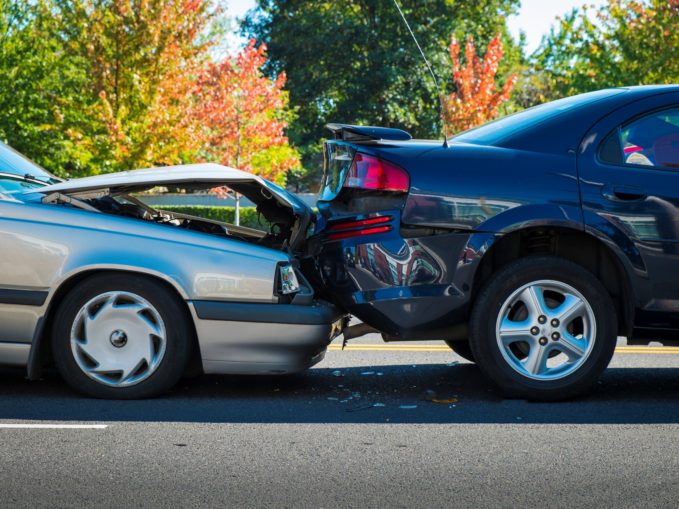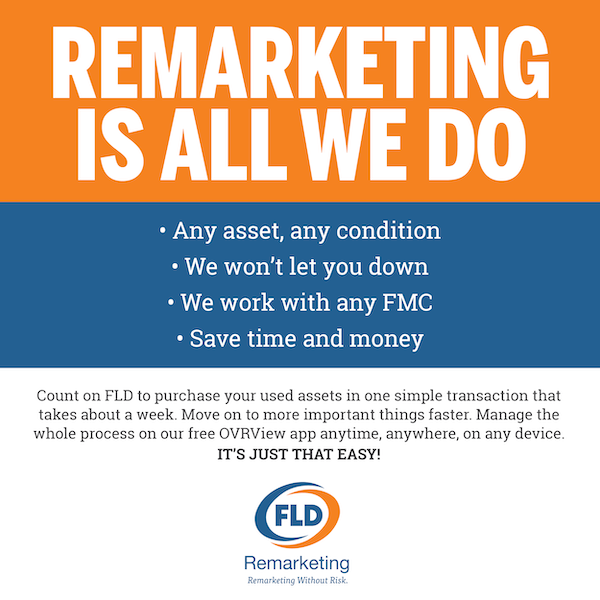
No matter the technology, there is no better time than now to have technology be the catalyst to drive social change, to improve the outcomes of our use of vehicles while allowing us to continue to use them to help our economies grow.
By Aron Solomon, Esquire Digital
The CDC Report on Global Road Safety is some remarkably sobering reading. According to the report, the leading cause of death for people under 55 is automobile accidents. While passenger vehicles are something that we now take for granted in the United States, they literally drive economic development around the world.
The threshold issue is why we still have so many accidents, particularly fatal ones. Why are cars and trucks still causing so many fatalities, especially where, as Erik Pavia, founder of Pantheon, observes:
“Cars are safer than ever, but there’s not cultural awareness around auto fatalities the same way there is around cancer. Seems like a big opportunity for a startup to do some good.”
Among technology’s best uses in our society is as a catalyst for a cultural shift. So if innovation, in its various forms, comes to address and help reduce this leading cause of death, how can it drive a cultural shift not just here but around the world?
Globally, some of the solutions are far easier than we think because they are things we take for granted in the US, such as crossing at proper intersections, obeying speed limits, and riding in safe vehicles. When I personally think back to my close to 4 million miles of international travel, I reflect upon the road safety things we take for granted here not even being options in many parts of the world. A good example is crossing at a light. In many countries, this can be even more dangerous than crossing when one simply sees an opportunity. I can think of several occasions when I was in a lot of danger crossing, but was following the rules perfectly. The road safety notions to which we are married – such as the law and convention that if a light is red and you cross the street, cars will stop, as they are legally required to – simply aren’t in force in some other places.
Here at home, one of the things that keeps the highways and byways of this nation far safer than they could be is your ability to seek a legal remedy if you are injured.
Michael Epstein, a partner with the New Jersey law firm, The Epstein Law Firm, P.A., points out that a huge part of what keeps us even reasonably safe on our highways and byways is the stick part of the proverbial carrot and stick:
“The ability to exercise the right to sue if you are injured through the negligence or wrongful acts of another is critically important for safety standards. Where these rights are restricted, enforcing safe behavior is infinitely more difficult.”
Attorney Esptein adds that “It’s important to also remember that product liability lawsuits have without question led to safer products as manufacturers are held accountable – this is as true in the automotive industry as anywhere else.”
This is an interesting analysis, given that anyone who thinks road traffic injuries and deaths are a North American thing. Here are the very hard facts to read from the CDC report:
- Each year, 1.35 million people are killed on roadways around the world.
- Every day, almost 3,700 people are killed globally in crashes involving cars, buses, motorcycles, bicycles, trucks, or pedestrians. More than half of those killed are pedestrians, motorcyclists, or cyclists.
- Crash injuries are estimated to be the eighth leading cause of death globally for all age groups and the leading cause of death for children and young people 5–29 years of age. More people now die in crashes than from HIV/AIDS.
- It is estimated that fatal and nonfatal crash injuries will cost the world economy approximately $1.8 trillion dollars
- external icon
- (in 2010 USD) from 2015–2030.5 That’s equivalent to a yearly tax of 0.12% on global GDP (gross domestic product)
That’s a lot to unpack, but these two additional facts are the most difficult to accept:
- The crash death rate is over three times higher in low-income countries than in high-income countries.
- There were no reductions in the number of crash deaths in any low-income country from 2013 to 2016.
So what can technology do to help?
Fundamentally, great and useful technology fills gaps. An example many of us might know would be the emergency road barriers in Washington, DC, the nation’s capital. Passable roads in DC can immediately be restricted by having large concrete pillars come out of the streets. This can be done to either keep vehicles out of a section of the capital or essentially lock vehicles into a section. These barriers have the capability of changing the nature of at least a few critical blocks at the most important time, should there be a national security threat in the area.
If technology can reduce vehicle-related deaths around the world by similarly restricting some things our vehicles can do, that seems like an admirable use for tech that probably already exists in some form. Maybe one day, someone seeking to run a red light will find their vehicle unable to do so with enough time to spare so it can stop. Perhaps the signals from the lights or presence of people crossing the street temporarily impedes its progress.
No matter the technology, there is no better time than now to have technology be the catalyst to drive social change, to improve the outcomes of our use of vehicles while allowing us to continue to use them to help our economies grow.
About Aron Solomon
Aron Solomon is the Head of Strategy for Esquire Digital and an adjunct professor of business management at the Desautels Faculty of Management at McGill University. Since earning his law degree, Solomon has spent the last two decades advising law firms and attorneys. He founded LegalX, the world’s first legal technology accelerator and was elected to Fastcase 50, recognizing the world’s leading legal innovators. His work has been featured in TechCrunch, Fortune, Yahoo!, ABA Journal, Law.com, The Boston Globe, The Hill, and many other popular publications.




